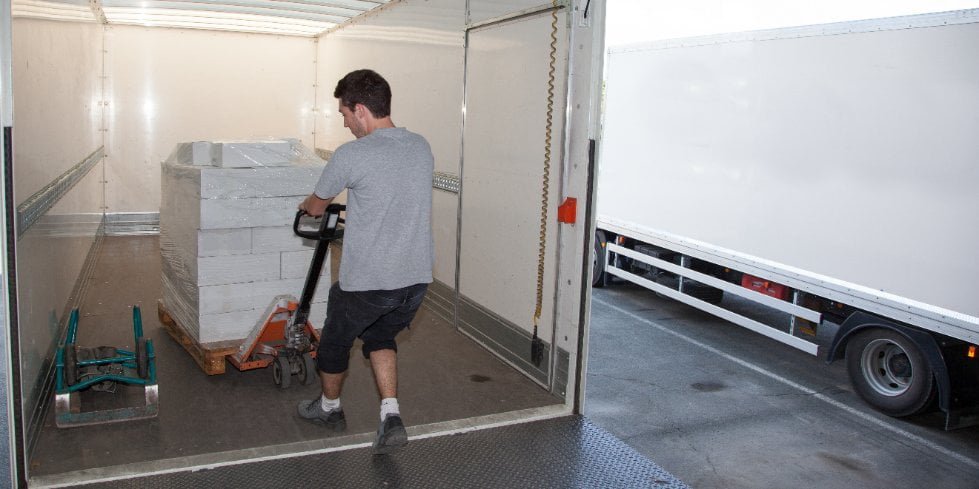The most recent statistics show that there are millions of people employed as goods vehicle drivers in North America and Britain: 500,000 in the UK ¹, 335,000 in Canada ² and 3,445,500 across the US ³ ⁴. Transport and logistics personnel are exposed to different kinds of risks when alone on the road or when loading and unloading the vehicle.
If you are a lone worker, there are simple do’s and don’ts to follow that will help keep you safe.
Do:
If you are a lone worker make sure you:
- Check in at the start of your shift so management know you are working
- Have a monitor (either at work or a call centre) who is contacted if you get into trouble
- Have a fully charged phone battery and a map function to where you are going
- Have a lone worker safety solution updated with the latest software version
Don’t:
If you are a lone worker make sure you don’t:
- Do something you don’t feel comfortable with or haven’t been trained to do
- Use the wrong equipment for a job because it is easier than going to get the right ones
- Leave your phone in your vehicle, carry it with you
- Deviate from your schedule without informing your supervisor
The most important rule to follow for lone workers, and the best way to keep drivers safe, is to give them a lone worker safety solution! These allow drivers to have peace of mind that if anything goes wrong, someone will know and can send help. The easiest way to do this is download an app for your smartphone that allows you to keep in touch with your work. Safety monitoring smartphone apps are one of the most affordable, yet most effective, safety monitoring solutions available.
Lone Worker Safety App
The purpose of a lone worker app is to ensure all workers go home safely at the end of each shift. The solutions need to connect drivers with a supervisor who monitors their well-being. The supervisor could be a member of the same company, dispatch or staff in a call centre.
There are many different solutions available for drivers. Some are heavy, cumbersome devices they are required to carry around. Some allow drivers to keep in touch by checking in or requesting immediate help in an emergency. However, not all solutions are as simple and convenient as a smartphone app.
Most drivers are going to have their own phone and the vast majority of those will be a smartphone. Using an app means companies don’t need to pay for expensive hardware, so no large outlay before the system has been introduced. There won’t be time lost training drivers to use a complicated piece of hardware, as lone worker apps can be as simple as one button confirmation.
It is always a good idea to shop around when looking for a new system and try the product on a free trial before rolling it out across a workforce.
2 – https://truckinghr.com/wp-content/uploads/2021/06/THRC-LMI-snapshot-June-2021.pdf

As an expert in lone worker content management, I possess an extensive knowledge base and experience in the area of lone working and safety monitoring. My expertise in this field encompasses a wide range of areas, including risk assessment, training, communication, and technology. I have a deep understanding of the unique risks associated with lone workers and have researched and written many projects and articles to educate people in how to mitigate these risks.
Throughout my time with Ok Alone, I have kept up to date with technological developments, legislative changes and regulations that have been introduced to help organizations ensure the safety of their lone workers.

